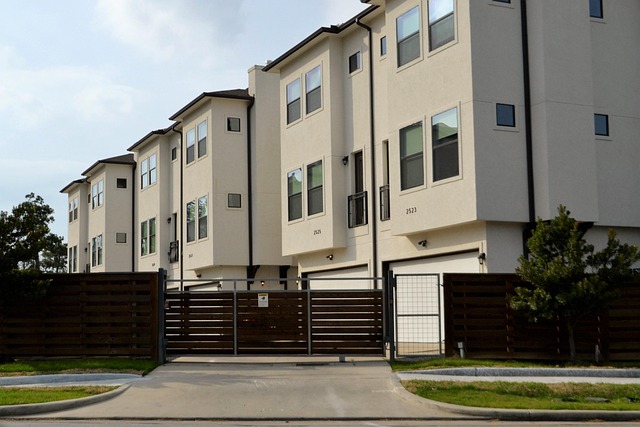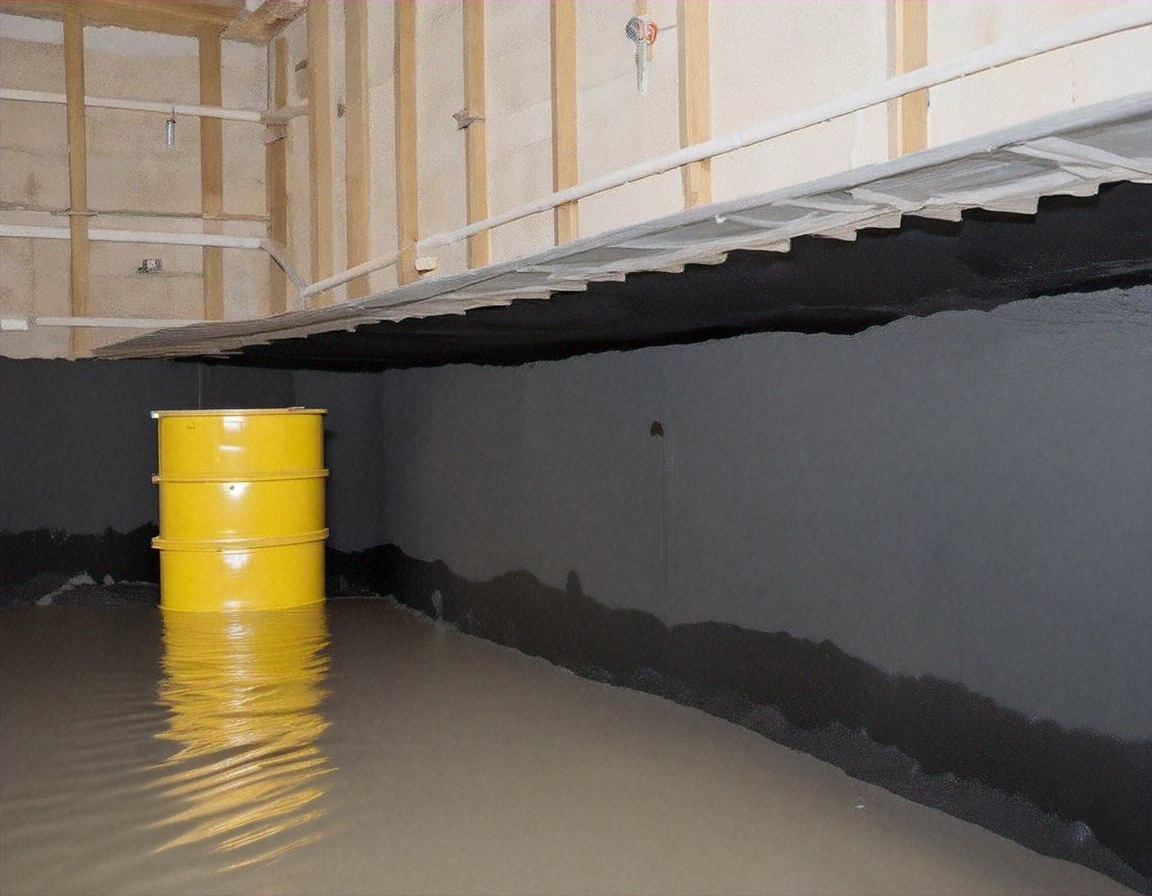Deconstructing the Boom in Micro Apartments: The Why, What, and How
Micro apartments, tiny yet functional housing units, are becoming increasingly popular in urban landscapes worldwide. This article delves into the emergence of this trend, its economic implications, and its potential impact on real estate investment strategies.

Emergence of Micro Apartments: A Historical Perspective
Micro apartments, typically between 200 to 400 square feet, have been a part of urban housing for decades. However, their recent surge in popularity can be traced back to the early 2010s when cities like New York and San Francisco witnessed skyrocketing rental prices. Developers, seeking innovative solutions to address the housing affordability crisis, started to experiment with compact, efficient living spaces that offered lower rents and a minimalist lifestyle.
The Micro Apartment Market Today: Current Trends and Financial Insights
The demand for micro apartments has soared in recent years, particularly in densely populated cities with high housing costs. Developers are capitalizing on this trend, offering premium micro living spaces equipped with modern amenities. While the rental yield per square foot of micro apartments is often higher than traditional apartments, the initial investment required can also be significant due to the need for custom designs and high-end fixtures.
Evaluating the Pros and Cons of Micro Apartment Investments
For investors, micro apartments present an intriguing proposition. The higher rental yields and robust demand make them an attractive investment. However, these benefits must be weighed against potential challenges. For instance, the turnover rate for micro apartment tenants tends to be higher, leading to increased management costs. There’s also the risk of oversupply if too many developers jump onto the trend, potentially leading to stagnant or declining rents.
Impact of Micro Apartments on the Real Estate Landscape
The rise of micro apartments is reshaping the real estate landscape in many cities, influencing zoning laws, and challenging conventional notions of comfortable living space. For buyers, sellers, and investors alike, understanding this trend is crucial for making informed real estate decisions.
Micro Apartments - A Sustainable Trend or a Passing Fad?
While it’s too early to definitively label the micro apartment trend as a long-term shift in real estate, its current momentum cannot be ignored. With the ongoing challenges of urbanization and housing affordability, micro apartments offer a compelling solution that could potentially reshape the future of urban living.
In conclusion, micro apartments present both opportunities and challenges for real estate investors. As with any investment, the key lies in thorough research, careful analysis, and prudent decision-making.




